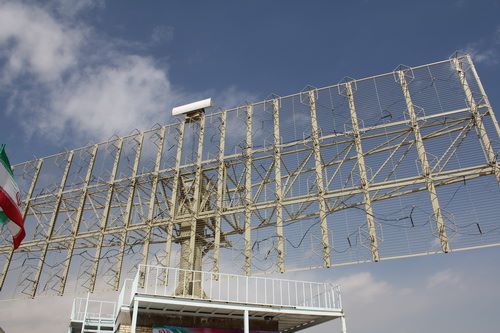


Iran reported today its air defense forces have downed an Israeli unmanned aircraft possibly a previously unknown, stealth model. The aircraft, believed to be an IAF/Elbit Systems Hermes 450, was intercepted by a surface-to-air missile. “A pilotless Israeli spy plane was shot down after it was traced and intercepted by the IRGC Aerospace Force,” a statement by the Iranian Republican Guards Corps’ (IRGC) announced.
According to the statement, the Israeli pilotless aircraft was a radar-evading, stealth drone with the mission to spy on Iran’s enrichment activities by flying over Natanz nuclear enrichment plant. Natanz is Iran’s main uranium enrichment site, housing more than 16,000 centrifuges. Around 3,000 more are at the Fordo plant, buried inside a mountain and hard to destroy.

The Iranians claim a drone of this class would have an operating radius of only 800 km, therefore, it could not fly all the way from Israel to Natanz, unless it was supported by forward basing in a neighbouring country

“Parts of the aircraft have burnt out after it was targeted by the ground-to-air missiles of the IRGC Aerospace Force and after its fuel tank blast, yet “some parts of this drone are intact and we are now analyzing the information and intel of these parts”, the Commander of the IRGC Aerospace Force Brigadier General Amir Ali Hajizadeh said.
“There was no prior information available about the aircraft and the only one of this type had been downed in Syria, but this one is more advanced,” General Hajizadeh said.
The IRGC has been preparing to deal with UAV threats as part of its operational planning and preparation. UAV operations and countermeasures are integrated in all major exercises, and these requirements are included in air-defense systems developed or modernized by the domestic military industries. Iran has been developing an increasingly sophisticated air defense system in recent years, since the US stepped up surveillance activities using state of the art stealth drones.
In 2011 Iran managed to capture a U.S. RQ-170 Sentinel stealth drone operated by the CIA. Iranian sources have claimed they managed to sieze control of the drone via sophisticated cyber attack. Iranian defenses have also downed several US drones in the last few years, including Scan Eagle tactical drones. The drone was the first such loss by the US. Tehran is believed to have acquired remains of Israeli Hermes 450 and Heron, which have crashed over Lebanon or Syria, which enabled the Iranians to reverse engineer these platforms in recent years.



















